0 x item(s)
374-537A Graham Farish GWR Hawksworth Second Corridor BR Maroon
Frederick W. Hawksworth was the last Chief Mechanical Engineer of the Great Western Railway (GWR), succeeding Charles Collett in 1941, and his coach designs were the final evolution of passenger stock built by the GWR, being designed at the end of World War Two and entering traffic from 1947 onwards. With the Nationalisation of Britain’s railways in 1948, construction continued under BR and the final examples were outshopped during the 1950s.
Intended for use on express and secondary passenger services, the coaches featured distinctive domed roof-ends and continued to feature the bow-ended profile introduced by Collett in earlier coach designs. Post-war material shortages meant that Hawksworth’s designs were not as lavishly appointed as earlier GWR types, yet still their appearance was maybe not as sleek and modern as the post-war coach designs of competing companies like the LNER (Thompson) and SR (Bulleid). Used extensively on the Western Region until the mid-1960s, a small number survived in service to receive British Rail’s corporate Blue & Grey colour scheme whilst others were repurposed for departmental use. Some Full Brakes were used well into the BR corporate era, as was often the case with non-passenger carrying coaching stock (NPCCS).
These N scale models of the GWR Hawksworth Coaches are one of the many jewels in the Graham Farish Rolling Stock fleet. Essential for any Western Region modeller, every coach is a faithful replica of the prototype and there are four vehicle types to choose from, allowing authentic trains to be created with ease. These include the Brake Third Corridor, Third Corridor and Composite Corridor, along with the Full Brake vehicle, whilst the Auto-Trailers designed by Hawksworth are also available in model form from Graham Farish.
Each model sports finely moulded details such as handrails, grab handles and roof vents, and separate metal pipework is added to represent toilet fillers (where applicable) whilst the gangway connections and suspension arms are fitted separately at each end. Below the solebar the vacuum and steam heat pipework is present, along with battery boxes, dynamo and brake equipment – all fitted around the truss rod frames. The bogies are fitted with metal wheelsets, whilst the standard N scale coupling is attached via a NEM coupling pocket to the close coupling mechanism that is fitted to the carriage floor, which operates in tandem with the bogie. Inside each model is an interior featuring the prototypical layout of compartments and seating, whilst the icing on the cake is the livery application, using authentic colours, logos and fonts making every model a masterpiece in miniature.
MODEL FEATURES:
- Graham Farish N Scale
- Era 5
- Pristine BR Maroon livery
- Running No. W792W
- Accessory Pack
- NEM Coupling Pockets
- Close Coupling Mechanism
- Length 138mm
-
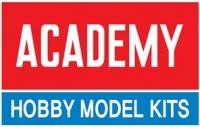
Academy Models
-

Accurascale
-
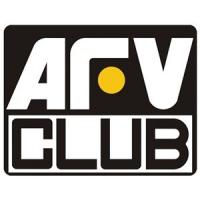
AFV Club
-
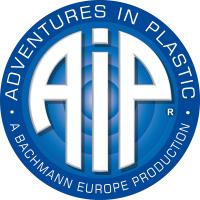
AIP by Bachmann
-
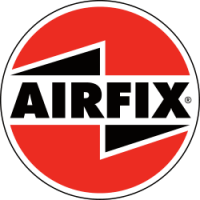
Airfix
-

Arnold
-

ATD Models
-
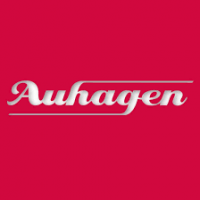
Auhagen
-

Bachmann
-

Bachmann Narrow Gauge
-
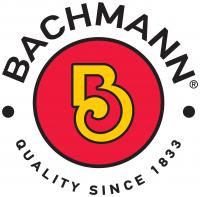
Bachmann USA
-
Barrie Stevenson
-

Bassett-Lowke
-

Berko
-
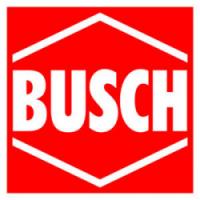
Busch
-

Cambrian
-

Clark Railworks
-

Corgi
-

Cornerstone
-

Dapol
-

DCC Concepts
-

Deluxe Materials
-

Dundas
-
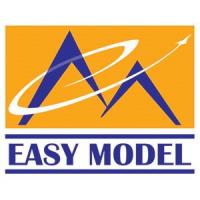
Easy Model
-

Eckon
-

EFE Rail
-

EFE Road
-

Emhar
-

ESU
-
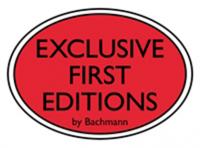
Exclusive First Editions
-

Faller
-

Fleischmann
-
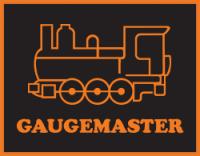
Gaugemaster
-

Gecko Models
-

Golden Valley Hobbies
-

Graham Farish
-

Greenlight Collectibles
-

Heljan
-
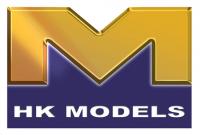
HK Models
-

Hornby
-

Hornby International
-

Hornby TT:120
-

Humbrol
-
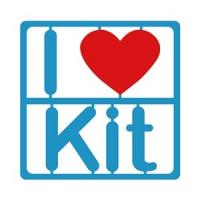
I Love Kit
-

Jouef
-
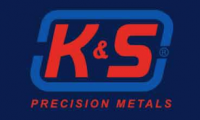
K&S Metals
-
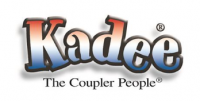
Kadee
-

Kato
-
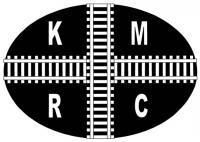
Kernow Models
-
Kestrel
-

Kibri
-

Lenz Digital
-
LightCraft
-

Liliput
-
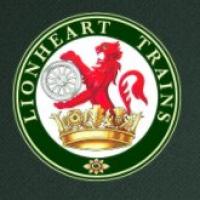
Lionheart Trains
-

Merit
-

Metcalfe
-

Middleton Press
-
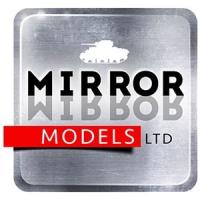
Mirror Models
-
Miscellaneous
-

model scene
-

ModelMaker
-

Murphy Models
-

Noch
-

Oxford Diecast
-
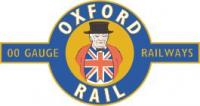
Oxford Rail
-
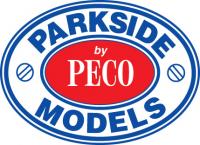
Parkside by Peco
-

PECO
-

Plastruct
-
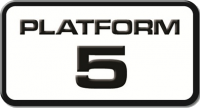
Platform 5
-

PM Model
-

Preiser
-

Proses
-
RailMatch
-
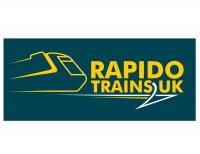
Rapido
-
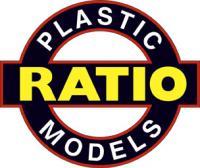
Ratio
-

Revell
-

Revolution Trains
-

Rivarossi
-

Roco
-
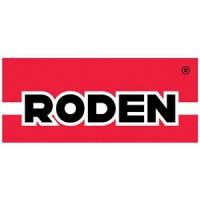
Roden
-

Scale Model Scenery
-

Scalextric
-
Shawplan
-

Slaters
-
Smiths
-

Springside
-
Star Tec
-
Strathwood
-

Superquick
-
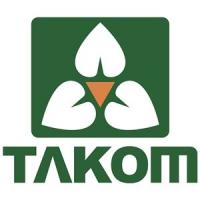
Takom
-
Taliesin
-
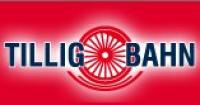
Tillig
-
Tiny Signs
-

Toyway
-
Tracksetta
-

Train-Tech
-

TrainSave
-
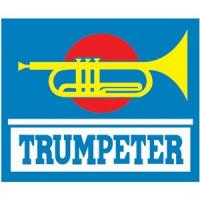
Trumpeter
-

Viessmann
-

Vollmer
-
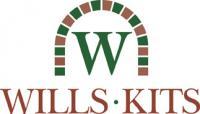
Wills
-

Woodland Scenics
-

Xuron
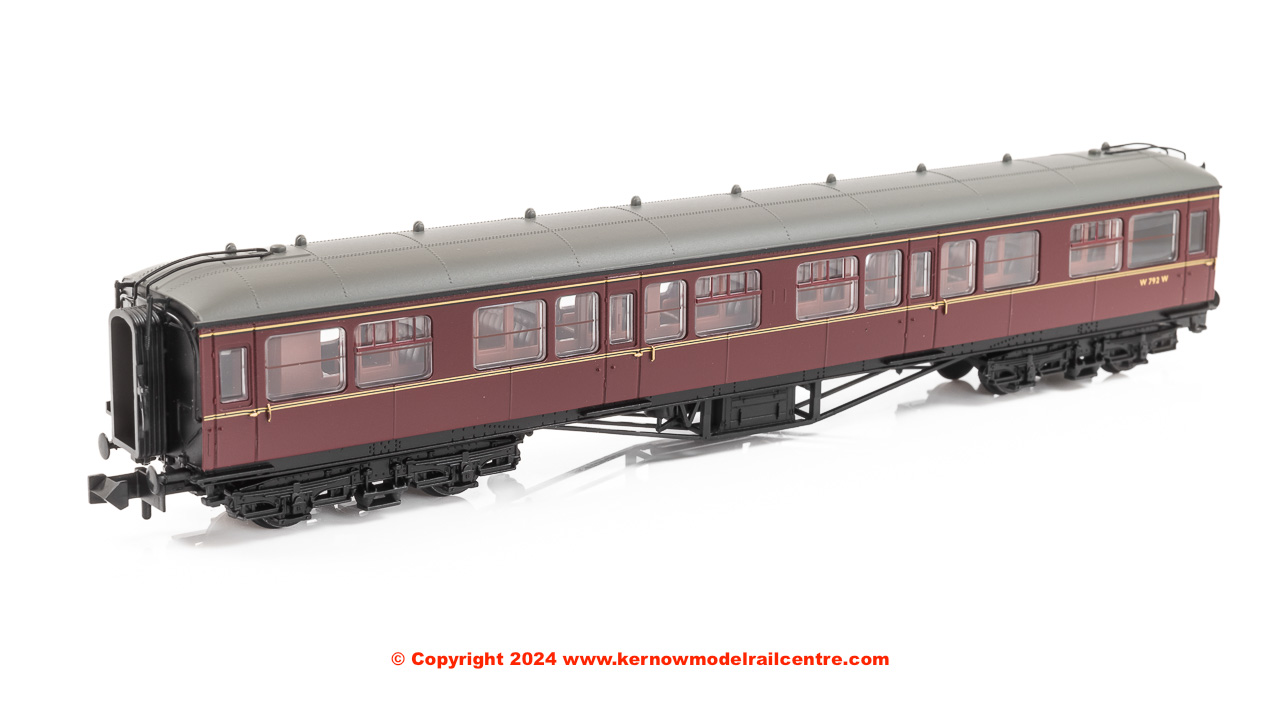
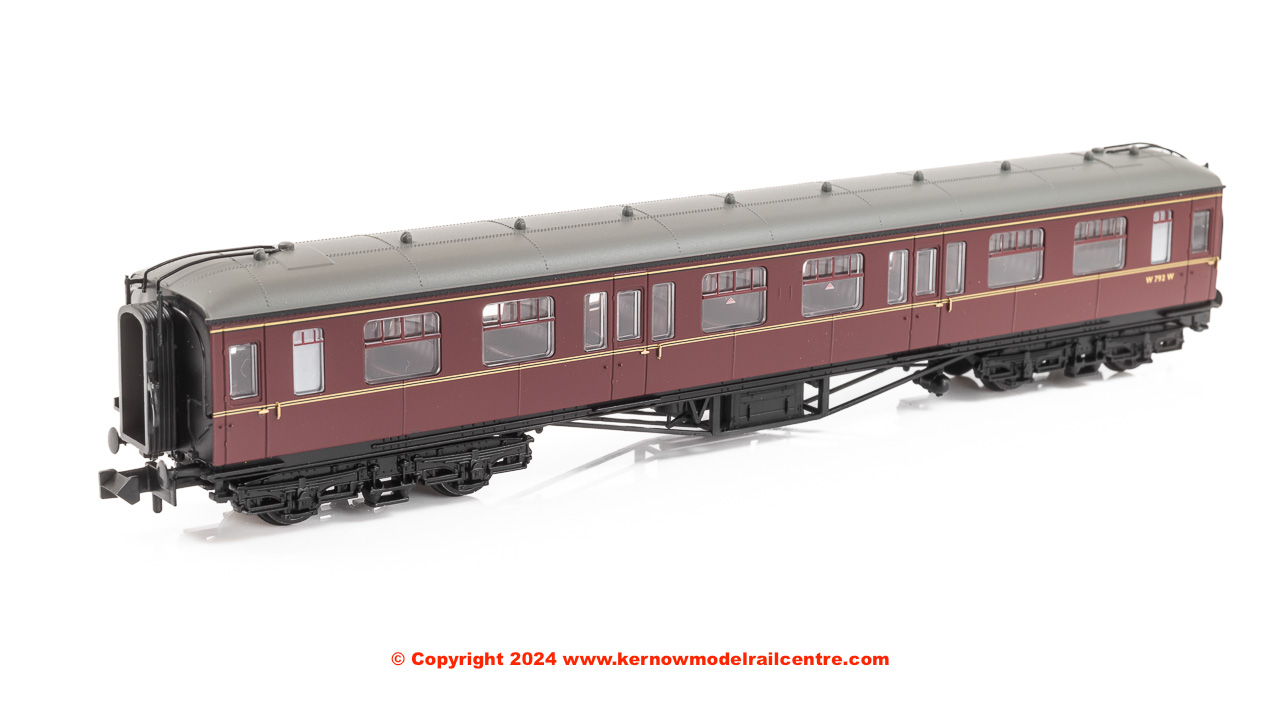
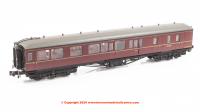
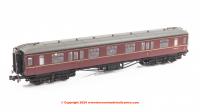
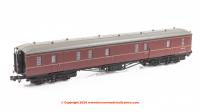

Connect with us socially

